Gist of my speech made at the Media Leaders’ Round Table , Boao Forum for Asia, on 8th April 2014
Are 21st-century technologies a threat or an opportunity? They have caused the disappearance of newspapers. They have changed the pattern of news gathering and news dissemination. They have changed the pace at which information was transmitted. They have made text and consequently writing skills redundant. Are new media gravediggers of traditional media?
But they have ushered in new generation readers/audience. They have made networking easy. Digital technology compresses information and allows text, graphics, photos, and audio to be blended to provide a multimedia experience. Archiving, retrieval, and transformation has become less cluttered
Nascent technologies have changed the age-old newsrooms. A journalist is no longer just a wordsmith. He has to grasp a bit of technology. He can not afford to be just a chronicler, but he has to become a researcher. He can not derive comfort by simply dwelling in the well he dug for himself but would be facing a global community that seeks answers
Yes, things have changed. But is it for better or worse? History has shown us that each medium builds and adapts to the one that precedes it. Radio was considered a threat to newspapers, television a threat to radio and the internet a threat to television and now social media to websites and blogs are a threat to news websites. But in reality, all these mediums coexist in an intricate news delivery system that has expanded the choices for the public.
In other words, we don’t have a crisis at hand, but an opportunity. Convergence is the window of opportunity for traditional media to align itself with the technologies of the 21st century.
The blending of media forms should evolve as a strategy to create a win-win situation for both traditional and new media. This strategy necessarily has to deal with seven elements in order to derive the best out of it. The seven elements are :
1) Communication,
2) Commitment,
3) Cooperation,
4) Compensation,
5) Culture,
6) Competition, and
7) ‘Consumer’
Communication is the basis of our business. When we fail to communicate we cease to be a medium. With the arrival of new technologies, communication has become rapid and makes the print media redundant. A Twitter message in 140 characters may deliver a headline immediately than a newspaper that lands at the doorstep next morning.
But if your newspaper opens a Twitter account and builds followers in thousands, you will be able to ‘break the news the moment it happens and can use it as an interest arouser for your next day morning edition. It is not difficult to cultivate a team at the news desk to receive and send tweets and to ‘go behind the news in the single line tweets and write a researched detailed account for the newspaper/magazine
Alongside the external communications, the internal communication lines with the non-editorial department need to be built robustly. They need to be sensitized to the changing market environment, and the opportunities in the new business model. News websites hardly bring in money and it is but natural for revenue departments to sulk when a print medium build its websites for transmitting news. But we have to make them realize that it has become a necessity to protect the brand value and to reach out to new generation readers.
The commitment may make this happen. Commitment to excellence can only sustain the brand value and commitment to excellence is not just a skill but an attitude. Newspaper houses are built not with bricks but with credibility. The new media offers an opportunity for instant interaction and that provides for instant course correction. The interactivity of electronically produced text creates a dynamic experience and that helps to build excellence in writing, in dissemination and transmission
Cooperation among the editors, managers, reporters, and photographers is not unusual in a print medium environment, more so in the newsrooms of dailies. But when one is trying to integrate the print media with new media it is natural for ‘senior’ print journalists to consider new media as an alternate media rather than a complementing companion. Newsrooms have been working for many long years on a well defined, well-accepted hierarchy. Now with the arrival of new media relationships have become lateral and top–down approaches may not help.
Compensation is a growing concern for journalists, particularly in print, as expectations of the skills and knowledge of individuals keep raising in the organization. Media managers have more often confronted a question as to how to acknowledge and compensate for the additional skills and expertise expected of the changing roles of staffers. In a digital environment, journalists and other workers may have a speciality in one area, but having an understanding of the multimedia environment is considered at a premium. And it has evoked heart burns that ultimately upset the morale and working environment. One solution is to offer training and to include multimedia initiatives by the staff of traditional media as part of performance reviews, and reward these skills monetarily. The additional training and new responsibilities that are expected of journalists must result from increased compensation. It has been seen employees who are trained, allowed to grow, paid well for their services and happy with their work, will perform better in a converged environment.
Synchronizing cultural dynamics of different media are necessary to build a win-win situation between traditional and new media. There are different cultures for journalists working in print, broadcast and electronic delivery environments. There is a difference in the language used and methods of production. For example, the use of the term “budget” has different meanings for print and broadcast journalists. Print journalists understand budget as a Newspaper’s slate of stories and photos, while the new media thinks of financials for their unit. Print journalists have argued that they bring depth to the printed word, and suggest that sound bites and electronic clicks are not enough to satiate the needs of readers. Broadcasters recognized the visual nature of society and its ability to capture people’s attention. Among the many strengths of the Internet, is that it is interactive and has infinite space. The blending of the cultural dynamics that are specific to a medium is key to the success of convergence.
Competition has changed dramatically with the arrival of new media. Online activities create national and global competition and hence the competitor is no longer the local newspaper or television station. Moreover, nowadays, we face competition not only from old pals –the traditional media houses- but from new giants. A newspaper today competes with Yahoo!, Google News, Microsoft’s MSN, and scores of others.
Another competitor is ‘time’.The Internet has intensified the 24-hour news cycle because of its immediacy. And there is a massive attempt to capture people’s attention at a time when most have little time for all of their needs from commuting, to jobs, family, activities, media, government, etc.
The best solution to tackle both the competitors is to strike a convergence between traditional and new media, that is to go online with a multimedia edition or to “push media” that delivers news at handheld smartphones.
When televisions arrived traditional newspaper readers have distinguished themselves from television viewing “audiences” by their desire to have the printed, portable document in hand for perusal. They used to throw barbs and bouquets to their admired editors through long emails. They respected the erudite scholarship of the editors but has not hesitated to point out spelling mistakes, typos, grammatical slips, and syntax error. A few loved long and untiring hair-splitting arguments on trivia.
But now we have customers who are eager to consume news They are looking for news they can use in their chats, tweets, Facebook status, in their blogs and in websites. It is indeed a paradox while many newspapers are folding up, traditional media remains the “content provides” for many news websites. Traditional media theories such as gatekeeping, have privileged journalists such as editors, reporters, and news producers as the determinants of the flow of information. The Internet has created producers as well as consumers of media. A computer, modem, time, and creativity can turn anyone into a producer of online content We are in the threshold of an era of “citizen journalists” In this process readers have been transformed and customers decide when and what they select to access.
Although new technologies have changed the pattern of information dissemination and the situation of the media industry, traditional media must endeavour its best to find and make use of the opportunities. New media need not be considered as opponents to traditional media, but as partners to create a win-win situation. New media will bring new vigour and vitality to traditional media, and that will make it even more influential than ever before through multimedia and other new technologies.

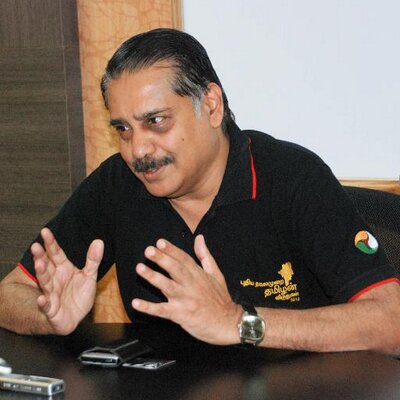





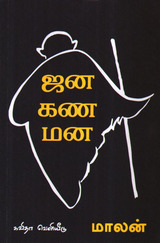
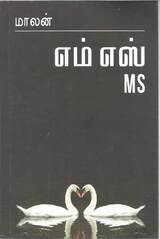


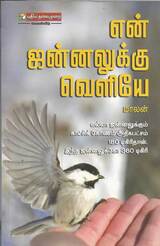
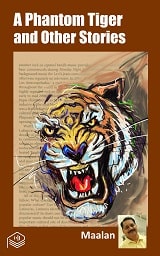
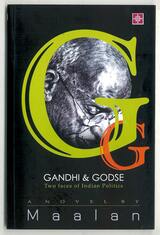
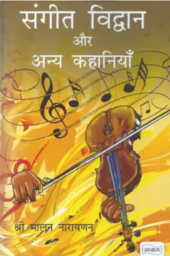

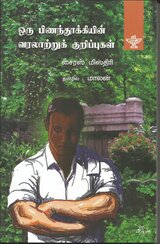
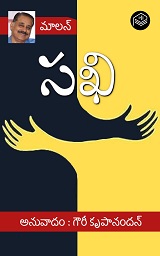
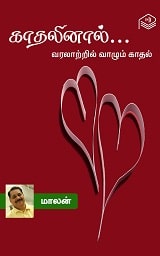
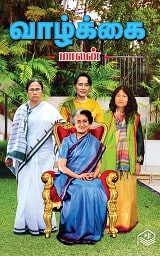
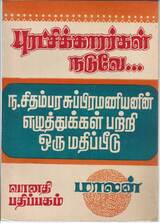
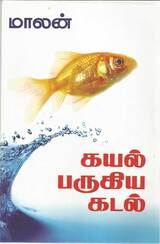
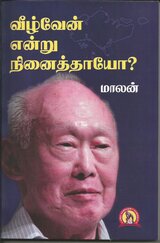
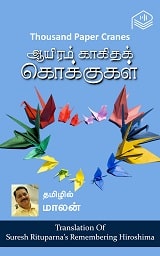

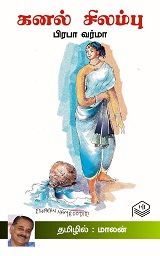
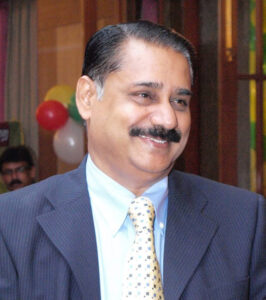
2 thoughts on “How to build a win-win situation between traditional media and new media?”
This article is really a pleasant one it assists new net visitors, who are wishing in favor of blogging.
Having read this I believed it was really informative.
I appreciate you spending some time and effort to put this
short article together. I once again find myself spending way
too much time both reading and posting comments.
But so what, it was still worthwhile!